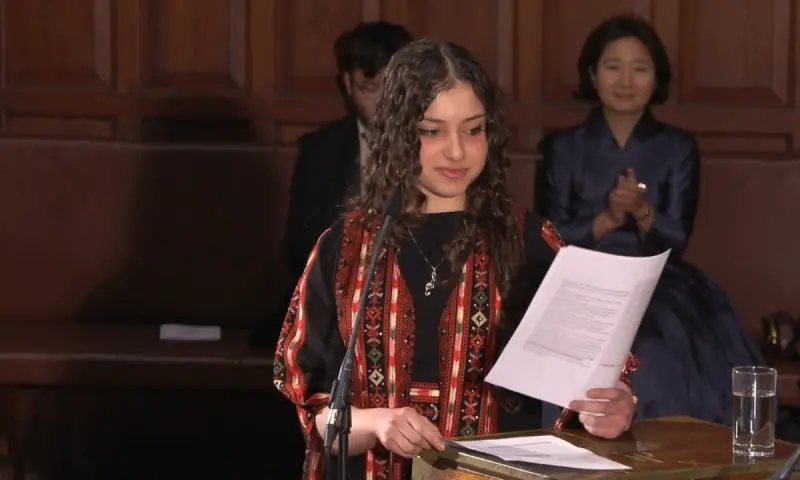Prada just debuted kolhapuris on the runway and people can’t decide if it’s appreciation or appropriation
In the shoe shops that line Lahore’s popular Liberty Market, kolhapuris are stacked one on top of the other, kolhapuris that look exactly like the ones that were worn by models in the latest Prada fashion show in Milan that sparked outrage in the South Asian fashion world.
This is yet another Scandinavian scarf moment, in which desi fashion, such as dupattas or sarees, are coopted and given labels more digestible for the western consumer. Why call it a dupatta when you call it a Scandinavian scarf instead?
Originating from Kolhapur in India’s Maharashtra, kolhapuris reportedly date back to the 13th century under the rule of King Bijjala. Today, they are worn across the Subcontinent, from Mumbai to Lahore, worn by men and women alike.

But when this shoe made its debut on the runway of Prada’s Spring/Summer 2026 Menswear Show on Sunday, fans had mixed reactions. Netizens were quick to point out the omission of the shoe’s origins. They took to X (formerly known as Twitter) to point out the never-ending pattern of the West capitalising on South Asian fashion without even so much as an acknowledgement of the rich heritage they keep stealing.





Perhaps the biggest point of contention when it comes to the west stealing South Asian legacy is that while brands like Prada profit off our fashion, local artisans who have perfected their craft over decades are all too often underpaid and struggling to make ends meet.

In this context, disregarding their skills and selling what is most likely mass produced goods becomes even worse. Mass production also takes away from the value and quality of these shoes which are traditionally made from pure tanned leather and stitched together by hand. This makes their use of our culture seem less like appreciation and more like appropriation.
Amid the outrage, however, there were also a few voices celebrating this as a moment of pride for Indian fashion, essentially calling this a fusion of tradition and couture, and being very proud that the kohlapuris were being displayed unchanged.


It is also important to remember that Prada’s appropriation of the kolhapuri can not be seen in a vacuum. Over the years there have been countless instances of brands using desi culture without due credit. The Peshawari chapal for instance has been used in campaigns by British designer Paul Smith as well as by Christian Louboutin, and ajrak, which has a significant place in the hearts of Sindhi people, was sold by Urban Outfitters and Forever 21 without any acknowledgement of its origins. A British thrift store sold kurtas as dresses and Zara once sold lungis as skirts, so there’s not much that will surprise us when it comes to fashion appropriation.
In the chaos of the noise surrounding the issue, the question that should remain is that of the importance of credit. Had Prada given credit to the many artisans from whose life’s work they are profiting off of, they might not have received as much backlash.
This incident should serve as a reminder for fashion houses to stop appropriating cultures they consider exotic while also refraining from presenting the work of others as their own and give credit where it’s due. It should also remind all South Asians to start capitalising on our own cultural heritage before big-name brands swoop in and do it for us.












Comments